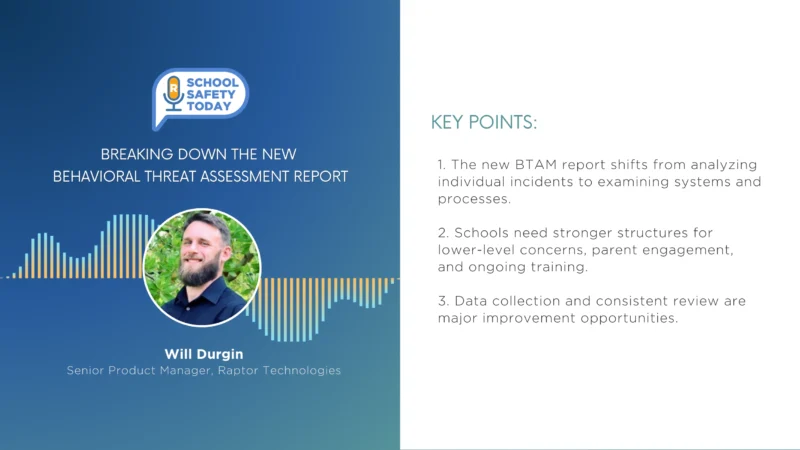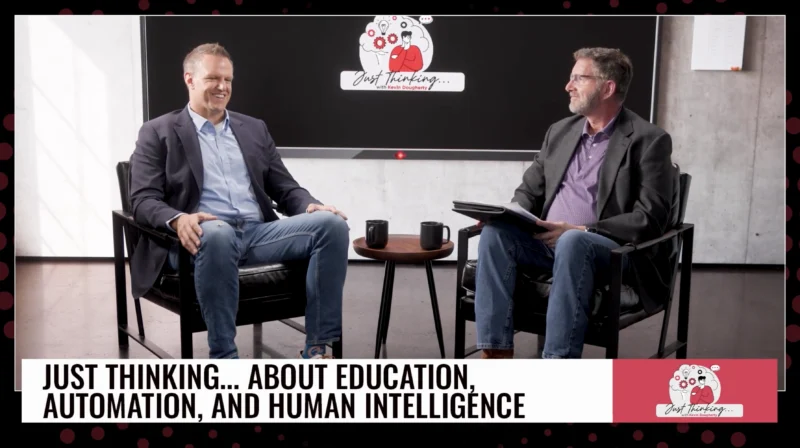Educational Technology: Innovations Beyond Classroom Walls
With technological advancements driving significant change in the educational landscape, these changes are extending beyond traditional classroom boundaries. The more recent shift in educational technology was fueled in adapting to a post-pandemic world, where the integration of technology into education has become essential. The pandemic underscored the importance of innovative teaching methods and tools, transforming how students and educators interact and learn.
In exploring how this new educational frontier has brought change, how is technology reshaping the educational experience, and what are the implications for lifelong learning as it relates educational technology?
On the latest episode of “UnBox Innovation” by Boxlight, host Michelle Dawn Mooney looks into the topic of innovation beyond the classroom walls with guest Jonathan Lockwood, a STEM Training and Development Specialist at Boxlight. They discussed how technology is transforming education, extending learning into real-world contexts, and enhancing lifelong learning opportunities for individuals of all ages.
Other points of their discussion included:
- The role of project-based learning in fostering independent thinking and problem-solving skills.
- The integration of advanced technology, such as 3D printers and interactive whiteboards, into classroom settings.
- The impact of global collaboration facilitated by technology on students and educators.
Jonathan Lockwood has a decade worth of experience as a classroom educator, spanning from kindergarten to college-level teaching in STEM and career and technical education. He currently works in curriculum and professional development, providing teachers with the resources and technology needed to engage students and prepare them for future careers.
Article written by Alexandra Simon.




